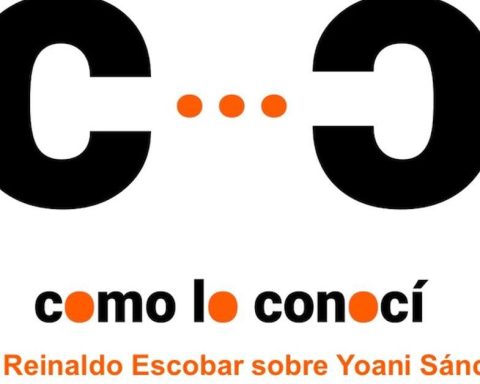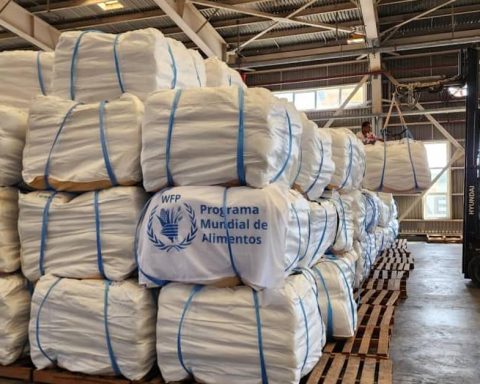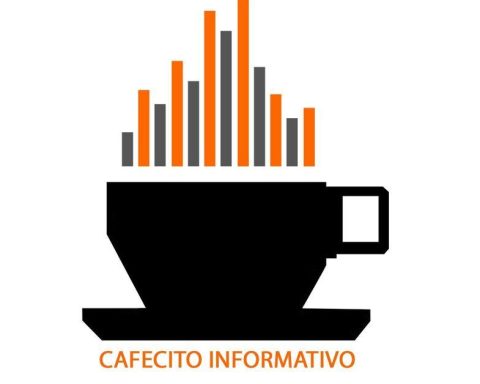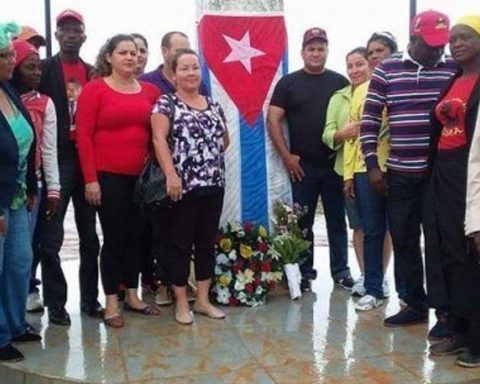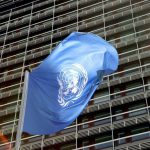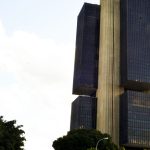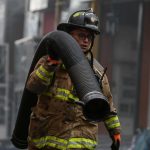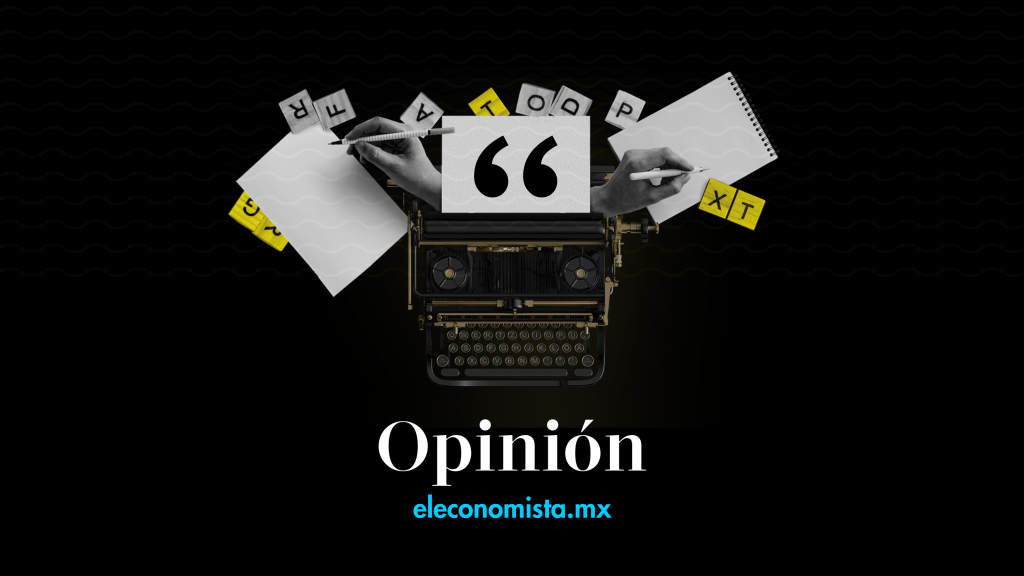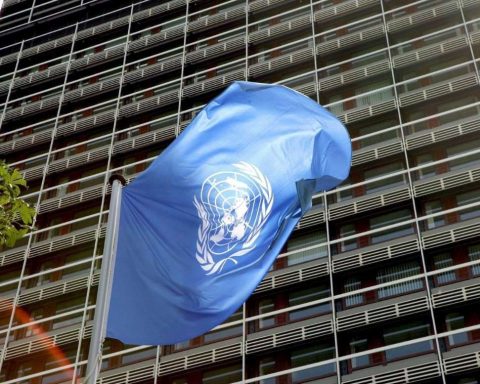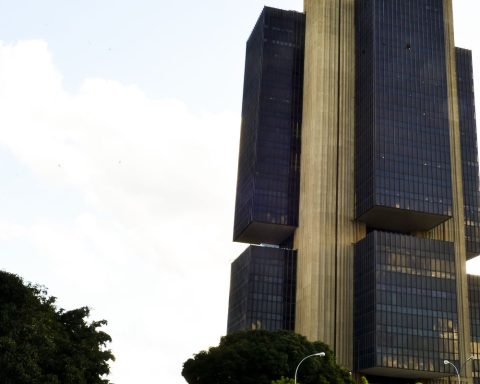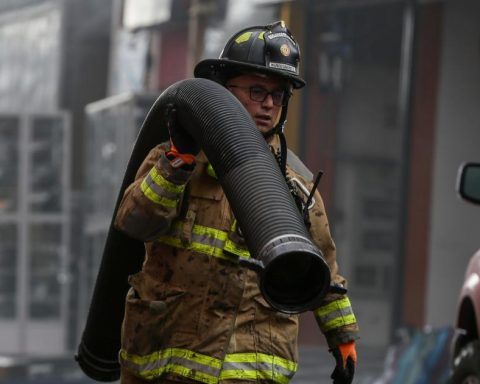Since 2020, students have not had a full return to the classroom. The closure of these spaces means an academic and social delay with a lifelong impact. Attendance returns this January 24.
Since February 2021, Claudia Tobar, director of the Teaching and Learning Institute of the San Francisco de Quito University (USFQ), has launched the campaign called ‘Free the children’which seeks to raise awareness about the importance of opening schools.
Based on statistics, Tobar shows that in these spaces, infections by COVID-19 are minimal, while Collateral damage of not returning to the classrooms are many.
The professor published an article in Forbes about this reality and defined that “the decision to close schools again it is an abusive decision before a vulnerable and voiceless population”.
Tobar met with the National COE and, with statistical evidence, managed to resume classes, on a voluntary basis, from today, January 24, 2022.
Why was the campaign born?
It is almost 24 months that the children have lost important social skills and have significant academic lags.
According to the Minister of Education, María Brown, the lag is going to be one to two years, in all the children, due to the academic disconnection they have had.
Why doesn’t virtuality work?
Really, the only thing virtuality does is widen the inequality gap that exists in the different socioeconomic strata of the country. No connectivity, no devices.
And the children who do have connectivity and devices, is it okay for them to stay at home?
Even in those cases, they are not the right conditions for a six or seven year old to be in front of a screen for six hours.
9 de cada 10 hogares con niños, niñas y adolescentes del estrato más bajo solo pueden acceder a educación a través de un celular.
What impact is there on children?
The sequels that we are going to see in these generations is difficult to project, but we can anticipate what is already being seen. In the smallest we see significant setbacks in language, which requires a lot of social exposure and modeling from other people.
Nurseries and children’s centers are beginning to notice significant delays in motor development (motor-movement part of children).
Según Ineval, antes de la pandemia, solo 4de cada 10 niños entendían lo que leen. Estas cifras no se podrán superar tras el cierre de las escuelas.
Can social development be supplemented with activities at home?
Social development is not just for children to be entertained. This has to do with the development of the brain, which has a very important role. Many of the critical neural connections for our thought development occur in early childhood through socialization. One understands the world through the connection of others. Sharing, having a toy taken from me, losing, understanding my partner’s position in class.
Apathy to socialization, what does it generate?
Socialization is a muscle that is exercised through practice. We are going to have a weakening of the aspirations of these kids who are not going to want to study later on. A weakening of aspiring to go to university or of aspiring to jobs that have to do with social contact.
There are even studies that call these children wild children; because it no longer has a natural social exposure, to be able to coexist in society.
Según Unesco, solo 6 de cada 10 estudiantes terminarán la escuela en 2030.
When the Government closes schools in the midst of a resurgence, does it send the wrong message about epidemiological safety in schools?
This issue of social hypocrisy about schools involves us all. I don’t want to just hold the authorities responsible. We are all responsible for looking the other way when there is an increase in cases and the only thing that is visible is the closure of schools.
We go to a shopping center and see it full, there has even been talk of reactivating football matches with full stadiums, but when it comes to closing schools I think that as a society we are quite lukewarm.
Un estudio de Unicef en 191 países concluyó que no existe una relación directa entre el cierre o la apertura de las escuelas y las tasas de contagio de COVID-19 en la comunidad
What dangers are exposed to children who do not go to school, who even stay at home without adult supervision?
Cases have been reported of children being tied up in chairs until their parents return, in order to prevent accidents. Children who have had burns, drowning. A minor is not qualified to be alone in the house. Many times they even have to cook.
There are also psychological problems such as anxiety, depression and abuse. And schools are the spaces to become aware of these problems and denounce what is happening with the children at home.
Según Unicef, las autolesiones son la tercera causa de muerte entre los jóvenes de 15 a 19 años. En 2020, los niveles de ansiedad y depresión aumentaron en niños y adolescentes.
There are teachers’ unions that oppose the return to the classroom, what would you tell them?
Within the letter of support for the opening of the schools that we presented to the National COE, we have representatives of educators. And yes, there are representatives of the National Union of Educators (UNE), who are against attendance and I invite you to reflect.
I understand that for you it means a risk, but it is the same one that a cashier had when approaching to work in the supermarket. The teaching profession, like any other, has risks, but they must trust that they have been a priority group for vaccination.
¿Si un padre temeroso le preguntaría por qué las escuelas son lugares seguros, qué le diría?
The school represents for students and teachers a percentage of minimum contagion (0.014%) of the almost 2 million students who have attended classes.
The school is much safer than the places you frequent in your daily life, since the school provides safe recreation spaces with biosecurity measures.
In addition, children in school receive protection services such as nutrition, psychological support and identification of disorders and abuse.
La campaña ha recolectado más de 8 mil firmas a favor del retorno presencial a las aulas. Quienes deseen sumarse deben ingresar a una página web.
Con el aumento de casos en 2022, el retorno a clases se paralizó, pero se ha retomado de manera voluntaria desde este 24 de enero.
“There has been talk of reviving football matches with full stadiums. But when it comes to closing schools I think that as a society, in general, we are quite lukewarm.”.
claudia tobar
Director of the Institute of Teaching and Learning of the Universidad San Francisco de Quito (USFQ)
“We have this false belief that children like this (without going to schools) are protected.”
claudia tobar
Director of the Institute of Teaching and Learning of the Universidad San Francisco de Quito (USFQ)


